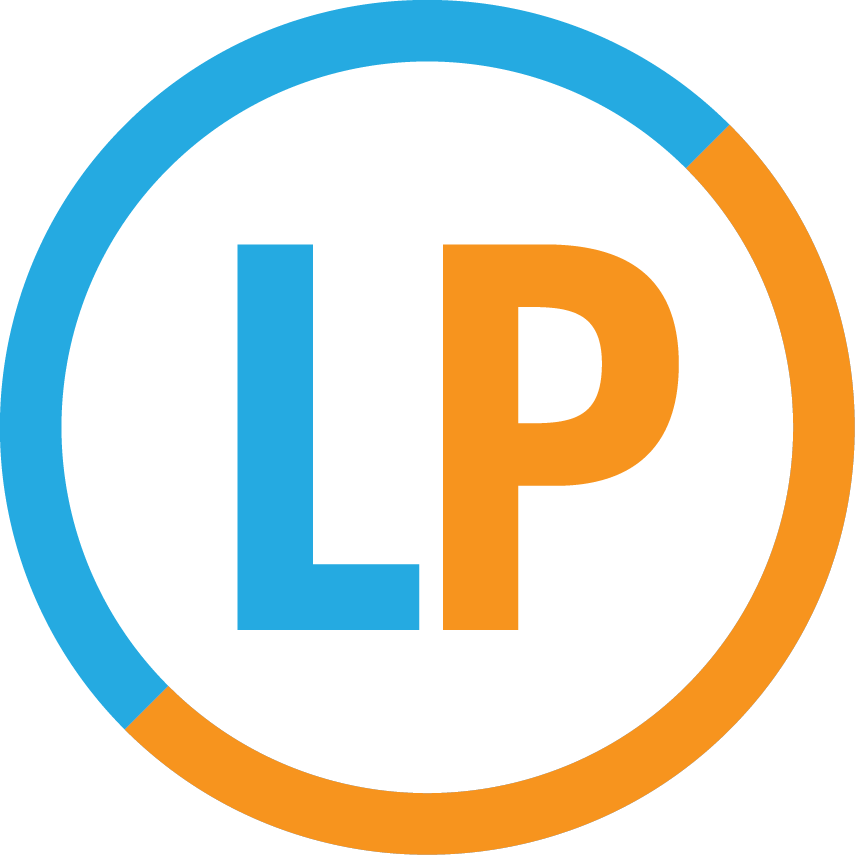Now that November 1st has passed, most students have submitted their Early applications (big congrats on that, by the way!). While many applicants are familiar with the benefits of Early Decision and Early Action, some may still find themselves scratching their heads over the benefits of Single Choice or Restricted Early Action even after they’ve submitted their apps.
Harvard University
But first, what is it?
Single Choice Early Action or Restricted Early Action (let’s just call it SCEA for simplicity as they are pretty much the same thing), is the early application system used by some of the most selective colleges (Harvard, Princeton, Yale, and Stanford among a few others). What it boils down to is that if you apply to one of these schools by November 1st, you not only have a better chance of getting in, but you can still apply to public schools Early Action. You cannot, however, simultaneously apply anywhere Early Decision. Oh, and it isn’t binding so you don’t have to worry about being locked into this one school in December if you get in.
What are the benefits of this plan?
Not having to commit to a single school so early in the process can be great! This allows families to compare and contrast the financial aid packages they receive from a number of colleges and make a well-informed decision about the best academic and financial options. The timing also allows students to apply Early Decision 2 since SCEA notifications come out in December. Finally, the fact that students can apply to public universities through non-binding Early Action plans means that they can still be in the first wave of applicants at a number of schools.
...And really, why do colleges offer this?
With colleges, especially ones at this tier, it all comes down to numbers and yield. How many of the students that they admit will attend?
To that end, SCEA helps the colleges immensely. Because it isn’t binding, it encourages even more students to apply than otherwise might have locked themselves in with Early Decision. So, while the school is gaining more applicants because of that, they are also removing these students from their competing schools’ Early pools.
Even though students are still free to apply to public universities through non-binding Early Action programs, those schools with SCEA often offer much better financial aid than the public universities can hope to compete with (see the program that Stanford rolled out recently). Even when the price is relatively close, families will most often opt for one of these elite schools even if it means paying a little bit more.
Stanford University
The final piece working to the advantage of the colleges is the mental factor. While students that are admitted SCEA to one of these schools still have the option to apply in the Regular Decision round to any other college come January 1st, will they? Once you have an acceptance letter from Princeton, do you really want to write all 8 essays for Yale? Plus, you begin to form an attachment with the school that has accepted you already, so no matter where else you get into you will already have an emotional connection with your SCEA school...and are therefore more likely to increase their yield.
So while Single Choice Early Action is a great tool for offering a non-binding, improved chance of admission at some of the top schools in the country, it is always helpful to be aware of the full context behind why the policy exists, and how it benefits colleges as well.

